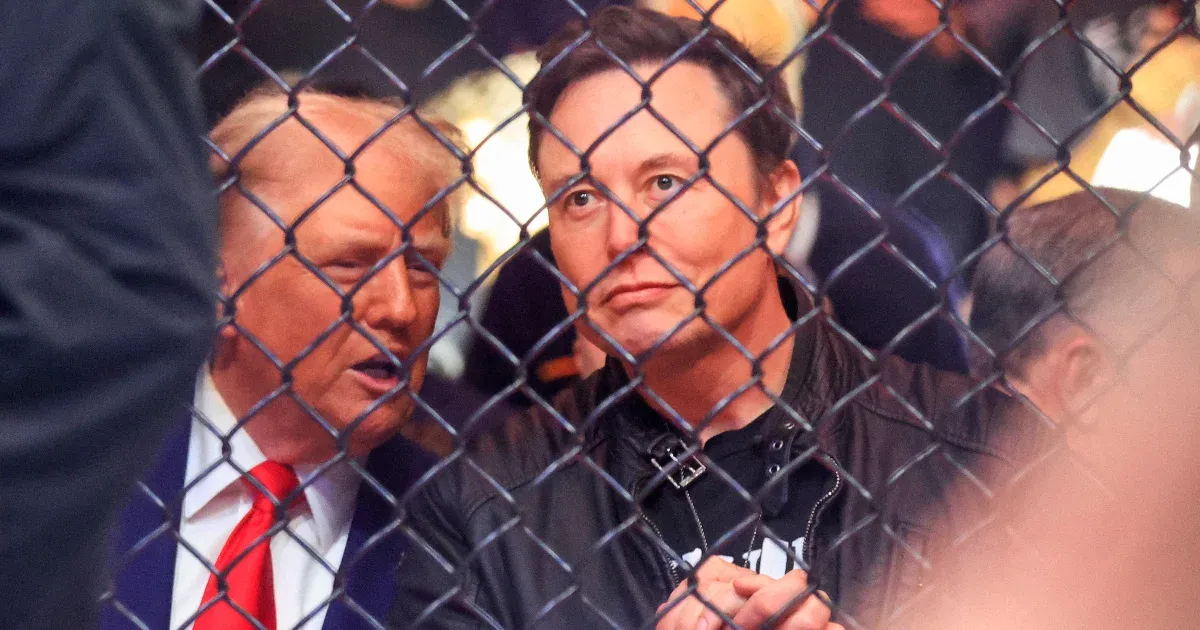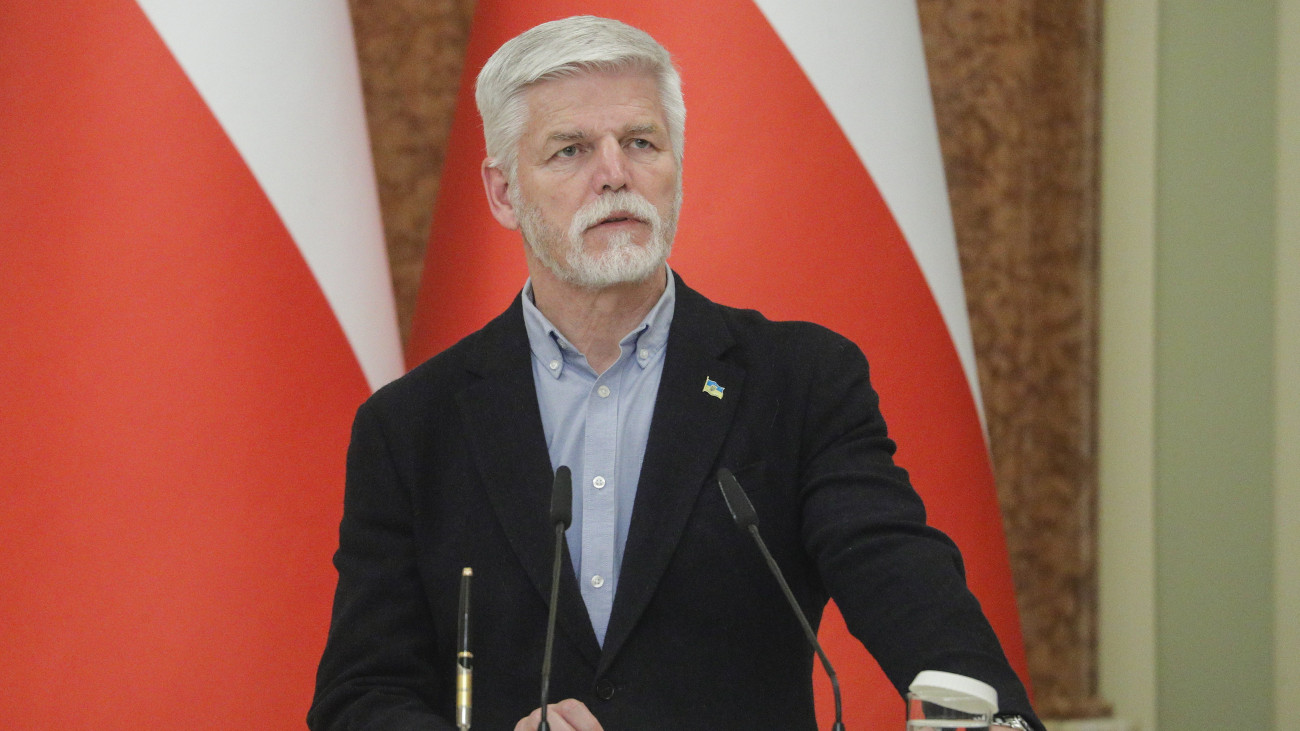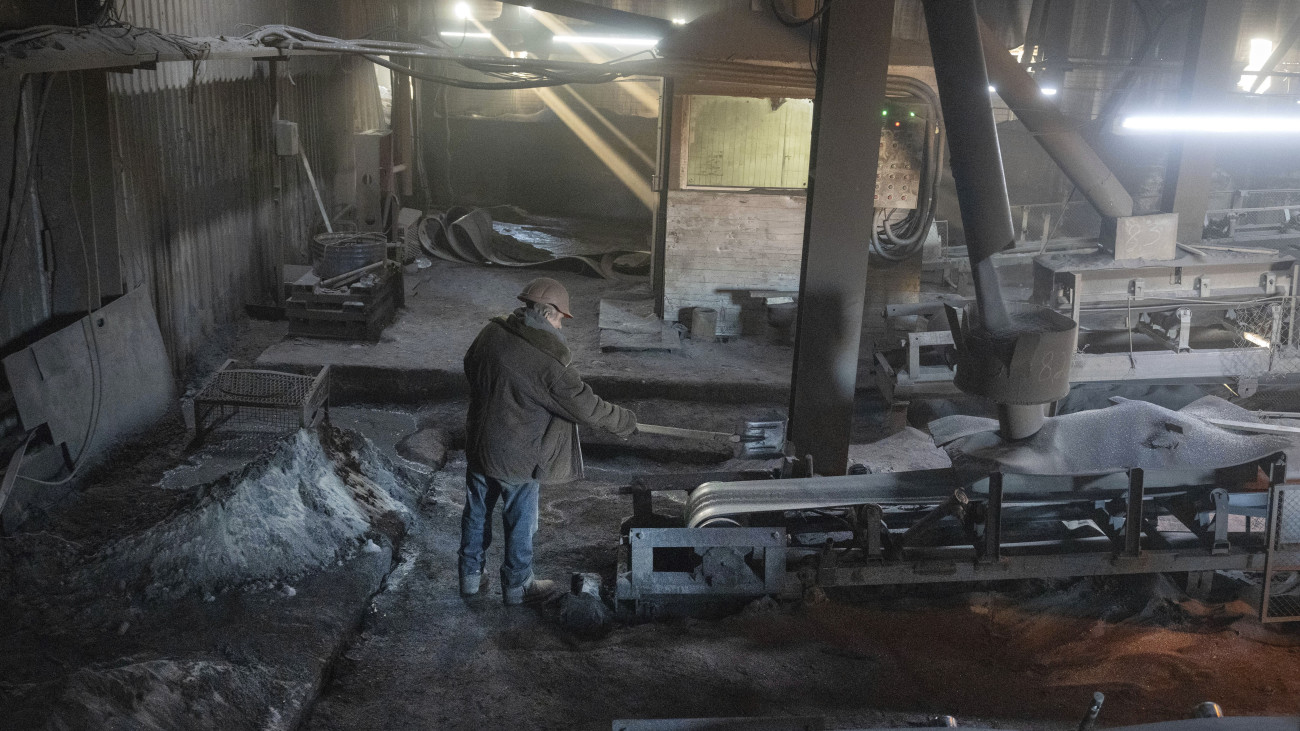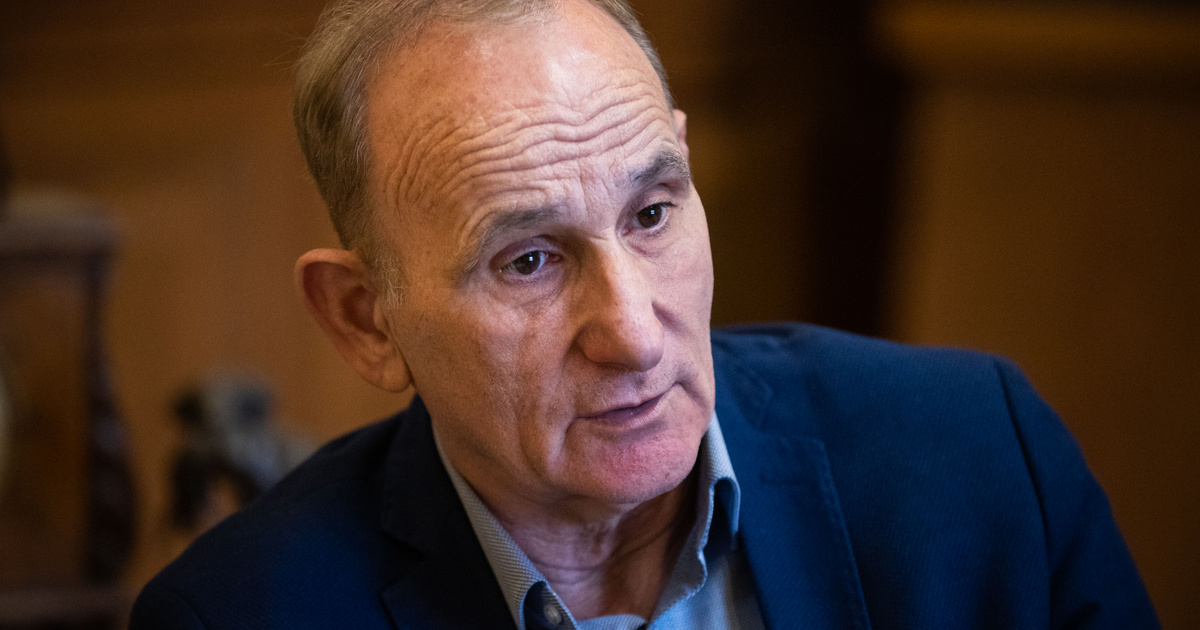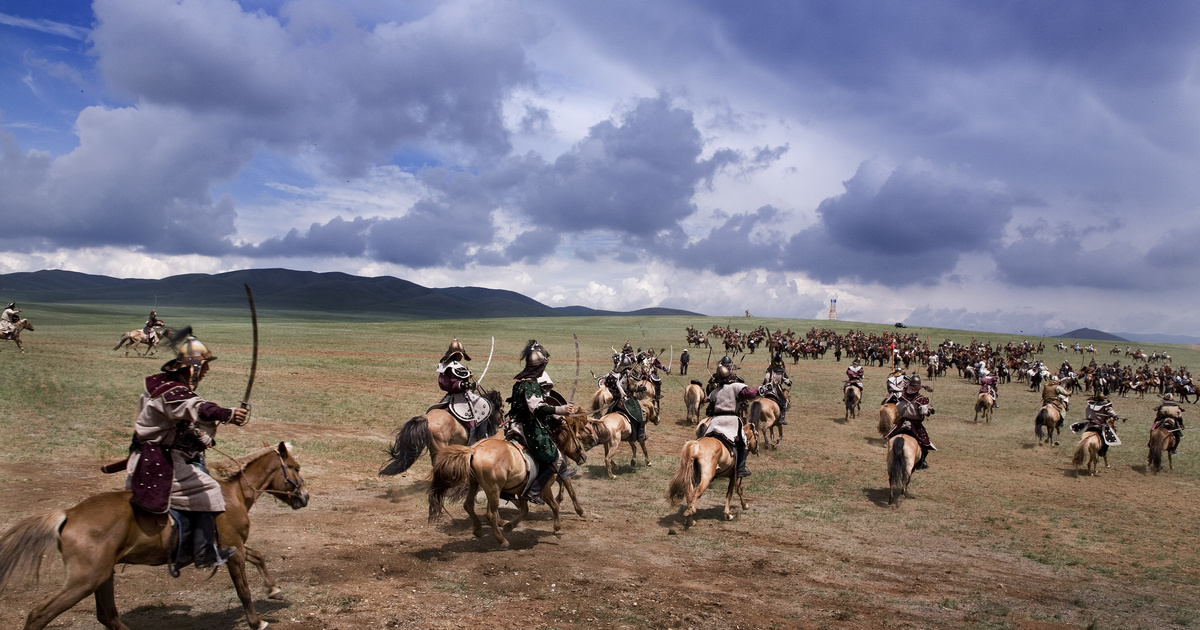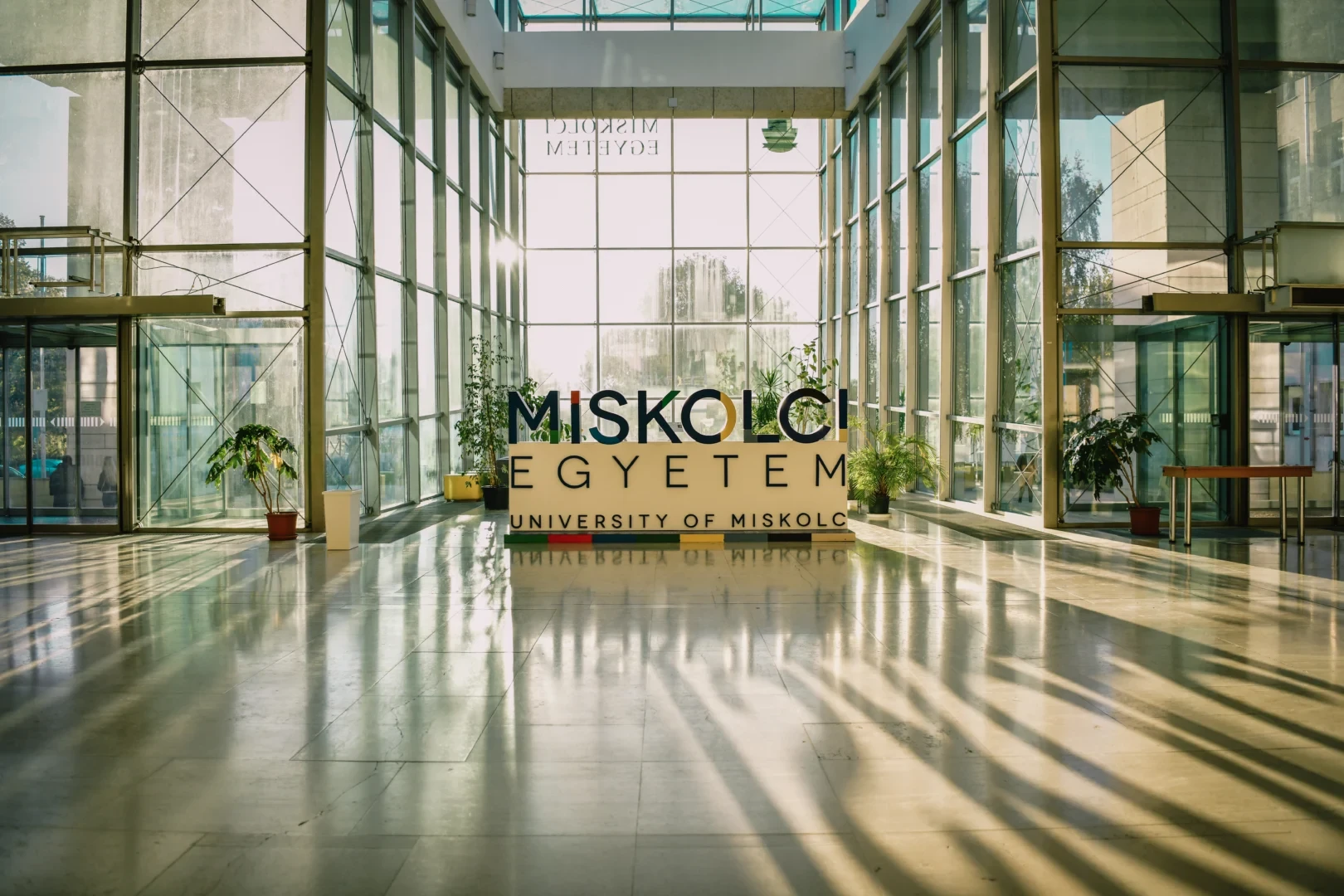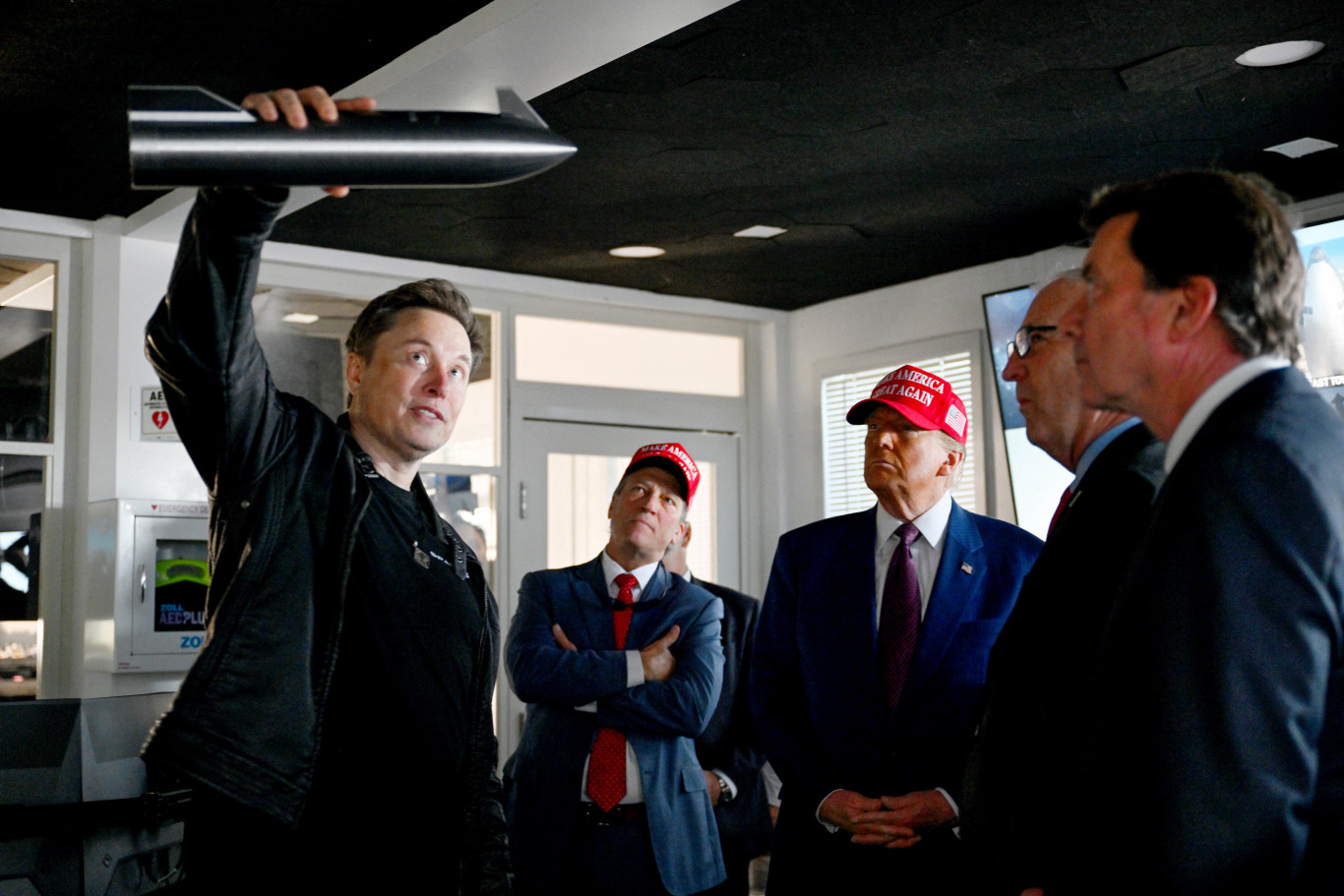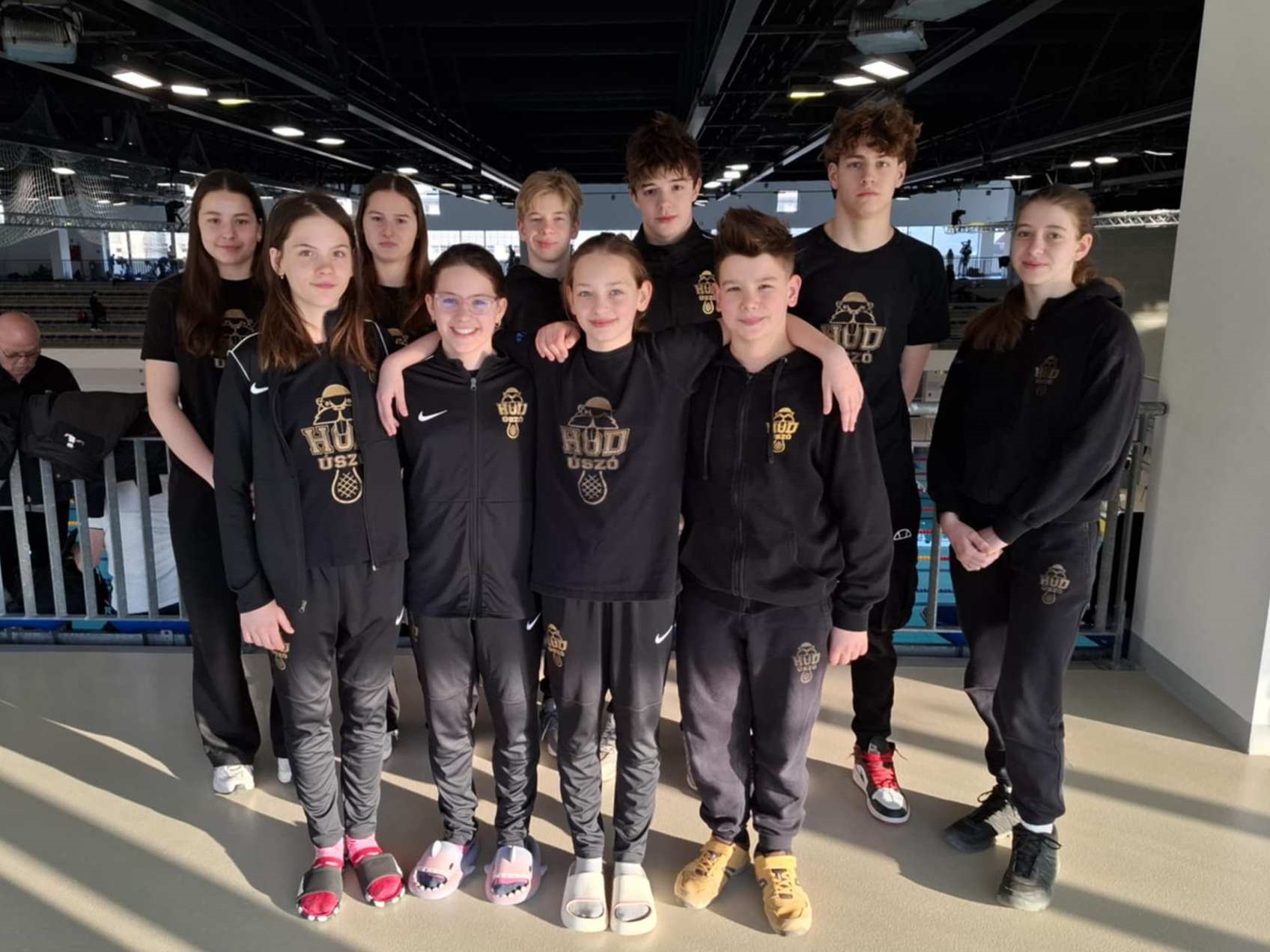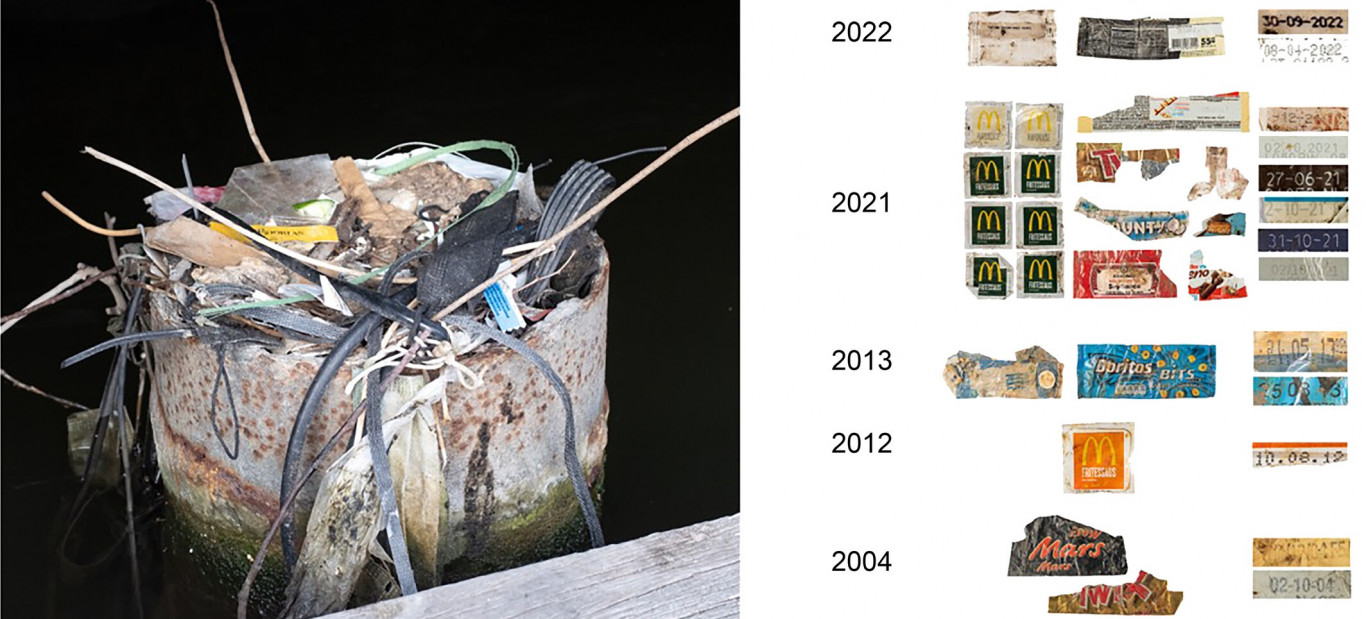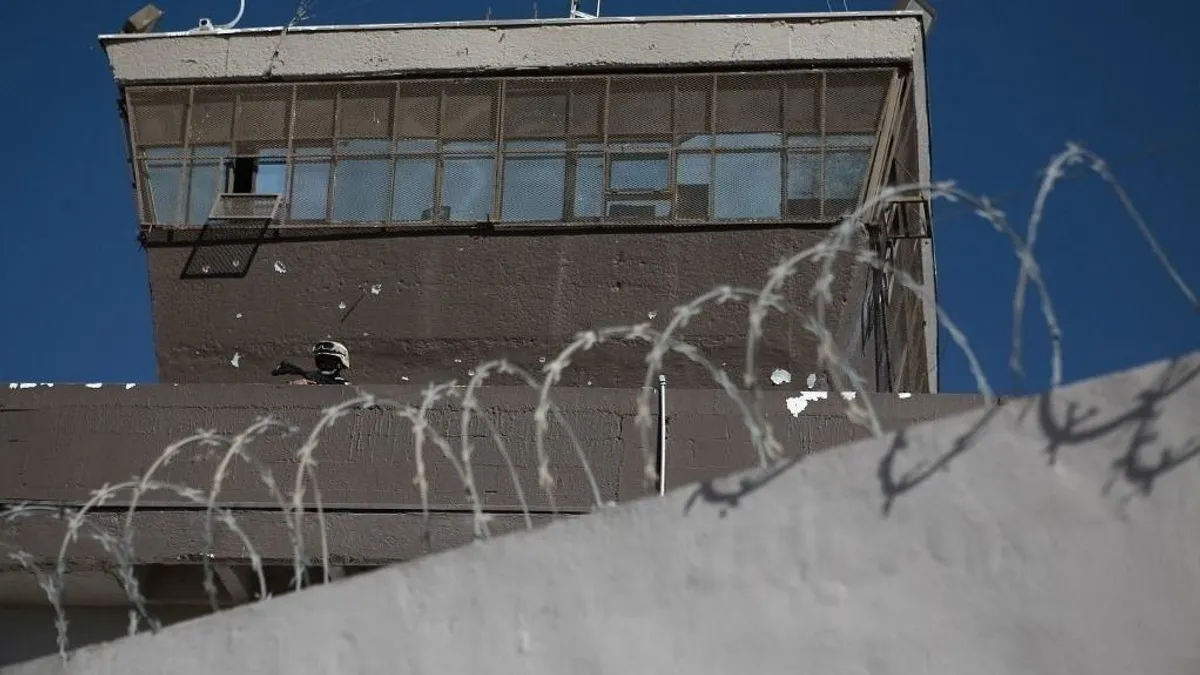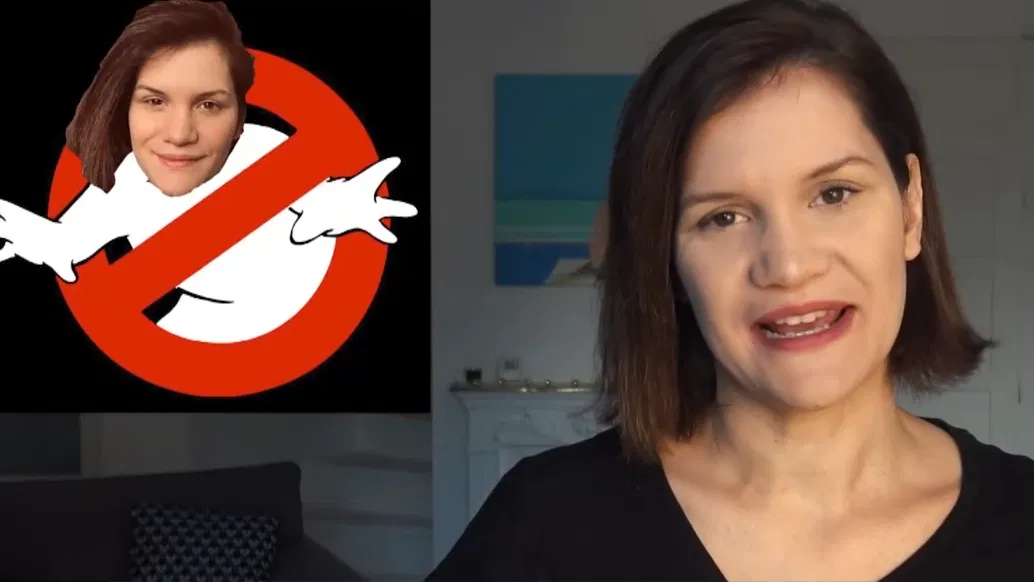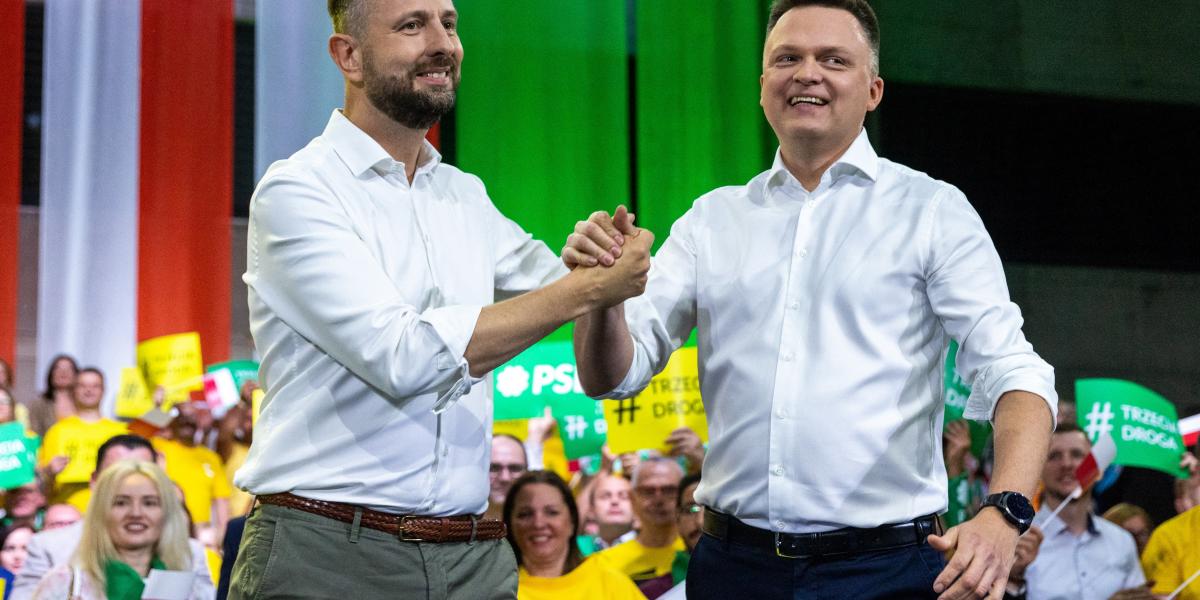the writings of Gabor Miklos for Népssava;
elections; campaign ; Poland; coalition;
2023-08-12 20:33:00
Thus, the moderate opposition presents three different lists for the October 15 elections.
The Polish Center Alliance, which was officially founded at the beginning of August, calls itself the third way between the historical Polish People’s Party (PSL) and Center Poland 2050, which was formed a few years ago. This form of cooperation is also risky for the two parties, because electoral rules require crossing the threshold of five percent for a party and eight percent for a caucus. However, some opinion polls predict that even this result will not be achieved if the vote takes place now.
Polish President Andrzej Duda announced the elections on October 15 the other day. Poles vote for party lists established in multi-state constituencies. The votes awarded to parties that do not reach the threshold for entry into Parliament are distributed according to the so-called d’Hondt system. This system favors large winning parties, and electoral mathematics strongly influences the likely tactics of the opposition. For some time it seemed that the forces wishing to change the government could even launch a joint list. According to numerous polls, such a consolidated list would have had a constitutional majority in the House of Representatives. However, this did not work. The liberal Civic Platform party recalled its old leader, Donald Tusk, from Brussels, and the other parties did not want to dissolve into the opposition coalition led by Tusk. Tusk has been rejected by the left for its excessive business liberalism, many people oppose PO’s policy regarding women’s or minority rights,
PSL and Poland 2050, created by TV personality Szymon Holownia, belong to this latter centrist stream. Holonia made its first appearance in the 2020 presidential election, placing third, with 13.87 percent. He drew attention to himself by simultaneously criticizing the government of the right-wing populist Law and Justice Party and the opposition Labor Party. He said at the time that he was acting as a “third force” against social divisions. Since then, Holonia could not keep his personal achievement in the presidential elections, but he created his own party, which was joined by politicians of different parties. So far, he has not made a significant breakthrough, but he has maintained his presence in the Polish political space. Presumably, he was well aware that if he joined the united opposition led by Tusk, he could abandon his political project.
Similar accounts may have drawn politicians from the conservative agrarian party, PSL. The People’s Party has a strong financial and organizational base, but its political cadre lacks personality and its electoral base has dwindled. PiS is strong in the countryside, and in the “Poland region” there are always intelligent demagogues who promote the interests of agricultural producers. This is now the case with the new Agronio party, which has gained notoriety with actions against Ukrainian grain. The People’s Party and Poland 2050 created the third way after long negotiations. There was also a possibility that Holownia’s candidates would run for the PSL roster. This promised an easier access to parliament, but would have ended Holonia’s one-man political parade.
The next task for the Al-Wasat coalition will be to compile electoral lists. The third way wants to have known names. It can be felt that the PSL is looking for those politicians who previously competed in the Law and Justice Party, but had disagreements with Jaroslav Kaczynski and left the party, and the People’s Party had previously accepted some of these representatives. It will definitely be relaunched by PSL. Many figures who were originally members of the Liberal Labor Party or the post-Socialist Left also landed in the Holonia Party. Now they will search together for popular names in the constituencies.
Although polling day is more than two months away, the campaign has been going on for a long time. PiS and PO leaders are constantly touring the country trying to win over voters.
The government-critical press and opinion-forming intellectuals have been calling for the opposition to start together for a long time. A survey and analysis of public opinion commissioned by an independent circle of intellectuals and funded by donations revealed that if the opposition took place separately, the more radical Law and Justice and Union parties could form a government. This did not bring the parties together either: the left believes in crossing the electoral threshold. He can be expected to be voted in by traditional socialist sympathizers who reject ultra-conservative right-wing family and women’s policies, banning abortion, or persecuting sexual minorities. This topic is so acute in Poland that Tusk finally broke with his previous position and made abortion law reform part of his party platform. The left and the Politics Fund are also fighting for those voters who want separation of state and church and modernization of education. In this case, the third method clearly wants to win over the more conservative part of the opposition voting base.
The fragmented moderate opposition is united in support of Ukraine’s struggle. The anti-Ukrainian card is being waved in Poland only by the far-right union with some success. But this seems to scare the ruling party, which fears a weakening of its nationalist camp.

